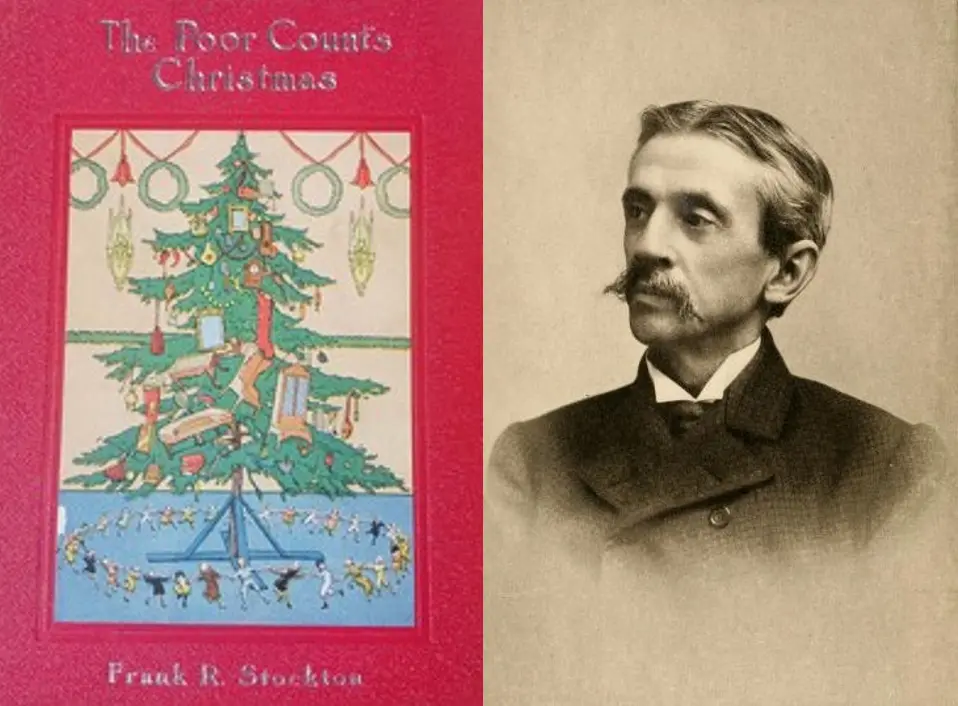Our judgments and opinions affect our actions and emotions and, whether they are favorable or unfavorable, lead us to form prejudices. These prejudices can be detrimental, for they can prevent us from seeing the truth around us.
Kate Chopin, most often today considered a forerunner of feminism, addressed something quite different in her short story “A Matter of Prejudice” (1894), wherein her main character simply learns to see humans as humans.






